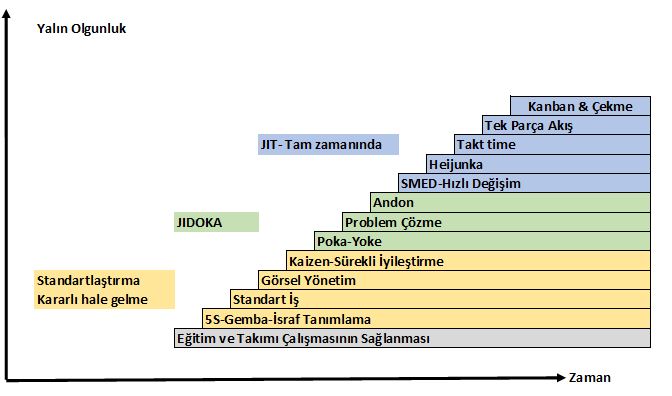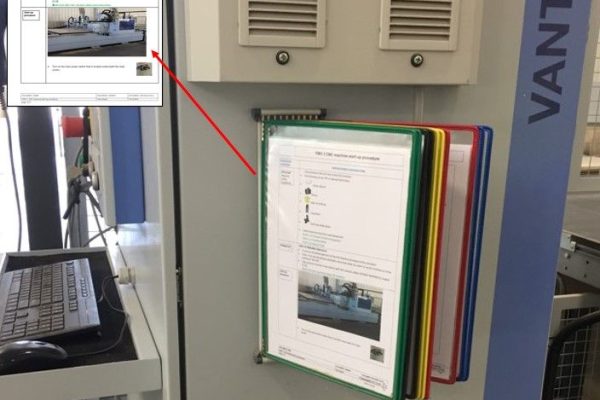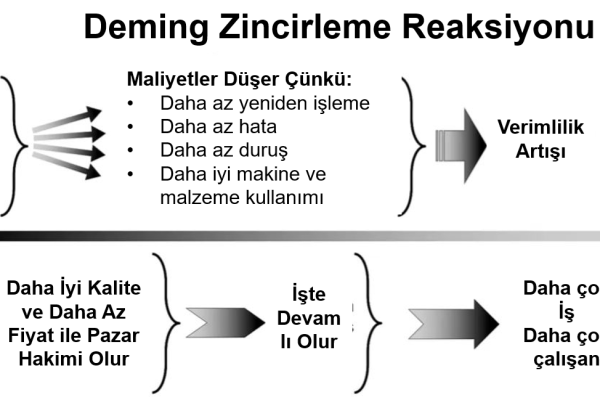Yalın Uygulamalarda verimli bir değişim yönetimi uygulamak için bu sıradan faydalanabilirsiniz.
Lean implementation requires a structured approach to change management, aligning with established models like Kotter’s 8-step framework. Success hinges on understanding the sequence and maturity required to introduce Lean tools & practices progressively.
- Building the Foundation: Standardization & Stability
Lean starts with foundational concepts like Standardization & Stability, essential in the early stages of maturity. Tools such as 5S, Kaizen, and Standardized Work are crucial at this phase as they provide quick wins & encourage employee ownership. These tools create a disciplined, organized environment, setting the stage for more advanced Lean practices. - Progressing to Advanced Tools: Jidoka & Just-in-Time
As Lean maturity grows, organizations can adopt higher-level practices like Jidoka & Just-in-Time (JIT). These advanced tools, including Poka-Yoke, Andon, SMED, Heijunka, Takt Time, One-Piece Flow, and Pull Production, require a deeper understanding & readiness. Mastering these tools drives continuous improvement in quality, efficiency, and responsiveness, unlocking Lean’s full potential. - Avoiding Common Pitfalls: Strategic Use of Lean Tools
A common reason for Lean failures is the misconception that it’s merely a set of tools to be applied in sequence. Tools like Root Cause Analysis, 5S, and Value Stream Mapping are often applied in isolation without aligning with strategic objectives. Organizations must move beyond local improvements and connect Lean initiatives to broader business goals for meaningful transformation. - The Importance of a Holistic Approach
Leaders must adopt a holistic view that ties local improvements to overall organizational goals. This ensures Lean initiatives deliver value across the enterprise, enhancing customer satisfaction—a core Lean principle. Focusing on isolated wins without linking them to broader objectives leads to limited success. - Driving Organizational Transformation
Lean transformation isn’t just about improving individual processes but integrating those improvements for greater organizational impact. A strategic, aligned approach directs all efforts toward maximizing customer value and achieving long-term success. By embedding Lean into the organizational culture and maintaining focus on enterprise goals, Lean efforts will drive system-wide transformation rather than producing isolated, short-term gains.
Effective change management in Lean implementation goes beyond tools—it’s about applying those tools strategically and holistically. Organizations that align Lean efforts with larger strategic goals will achieve sustained success and lasting impact.
Total Views: 357 ,






